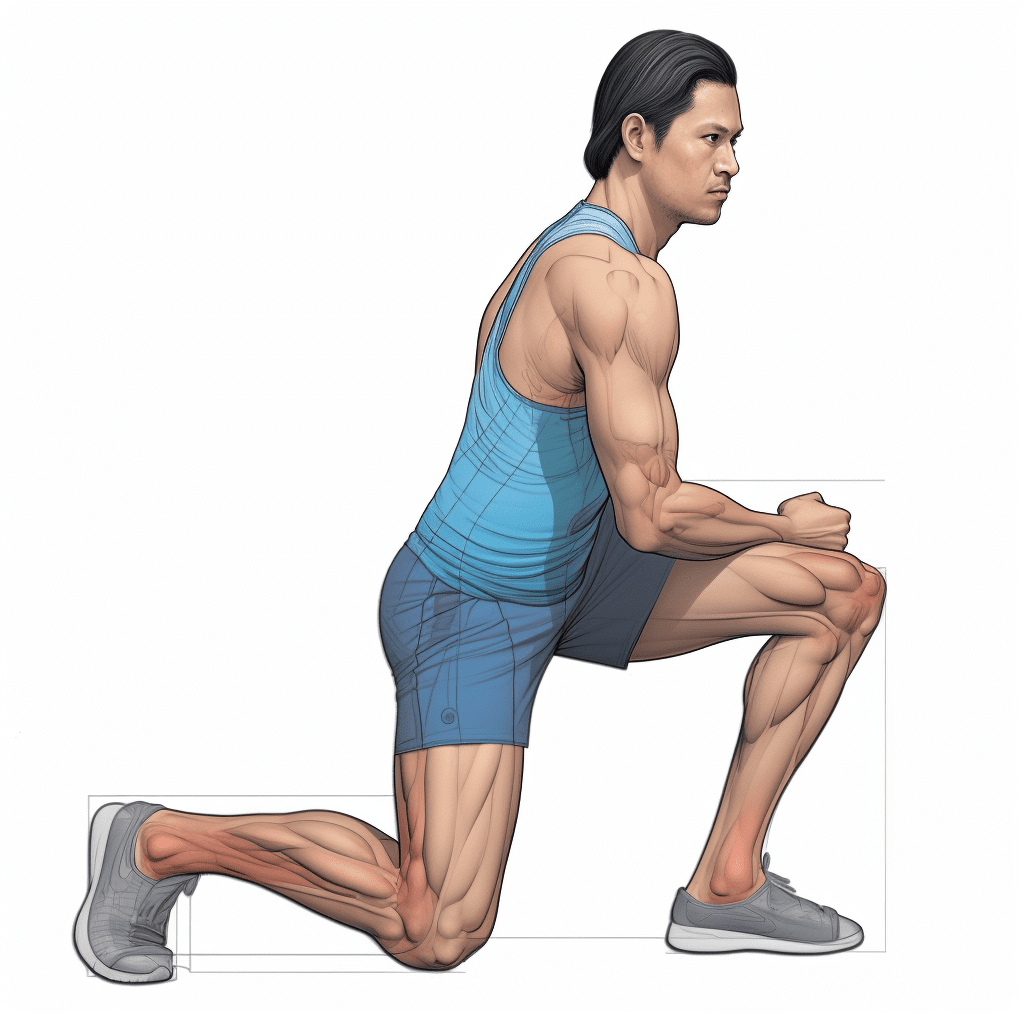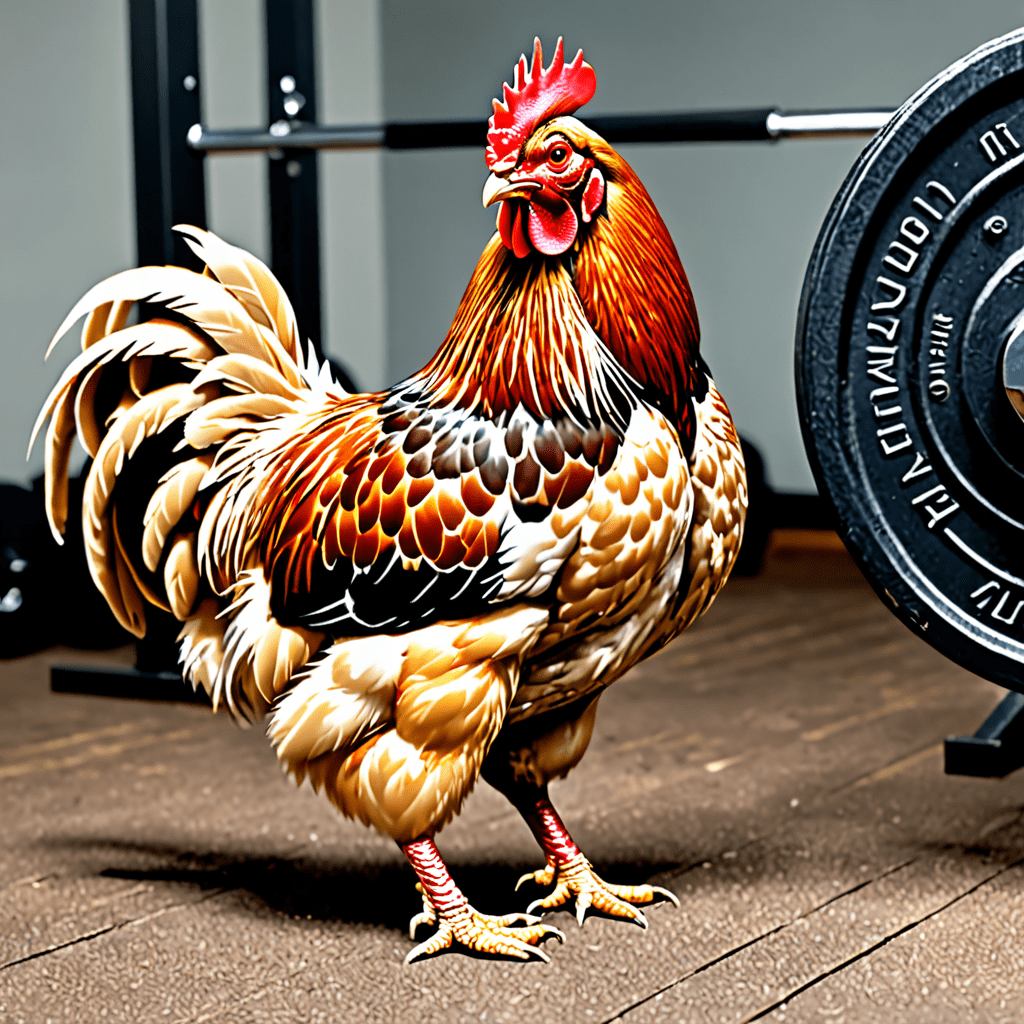
How to Do the Asian Squat
Squatting is a fundamental movement that has been practiced for centuries in Asian cultures. Often referred to as the “Asian squat,” this position involves resting in a deep squat with your heels on the ground. Not only is it a natural resting position for many people in Asia, but it also offers numerous benefits for flexibility, joint health, and posture. In this article, we will explore the proper technique and provide step-by-step instructions on how to do the Asian squat effectively.
Step 1: Find Your Stance
To begin, stand with your feet slightly wider than hip-width apart. Point your toes slightly outward, allowing for a more natural and comfortable squatting position. It is essential to find a stance that feels stable and balanced before moving on to the next step.
Step 2: Lower Into the Squat
Bend your knees and start lowering your body down towards the ground. Focus on keeping your chest up and your spine neutral throughout the movement. As you descend, it’s important to maintain a natural inward curve in your lower back and engage your core for stability.
Step 3: Find Balance and Stability
As you lower into the squat, try to find a point of balance where you can comfortably stay without tipping backward or forward. This may require some trial and error, as everyone’s flexibility and balance are different. If you find it challenging to keep your heels on the ground, you can use small wedges or rolled-up towels for support.
Step 4: Engage Your Muscles
Once you have found your balance, engage your leg muscles to hold the squat position. This will help you build strength and stability in your legs and improve your overall squat technique. Pay attention to your quadriceps, hamstrings, and glutes as you hold the squat.
Step 5: Breathe and Relax
Take slow, deep breaths while in the squat position. The deep squat offers an opportunity for deeper breathing and relaxation. If you are feeling any discomfort or strain, try to relax your muscles and focus on your breath. Inhale deeply through your nose, filling your lungs, and exhale slowly through your mouth.
Step 6: Gradually Increase Duration
Start by holding the squat position for a few seconds and gradually increase the duration as your flexibility and strength improve. Aim to hold the Asian squat for up to a minute or longer if possible. Consistency is key, so make it a habit to practice this squat regularly. Over time, you will notice improvements in your flexibility and balance.
Frequently Asked Questions (FAQs)
Q: Why is the Asian squat beneficial for flexibility?
A: The Asian squat requires a significant range of motion in the hips, knees, and ankles. Regularly practicing this squat can help improve flexibility in these areas, leading to increased mobility and a reduced risk of injuries.
Q: Can anyone do the Asian squat, regardless of age or fitness level?
A: Yes, the Asian squat can be modified to suit individuals of all ages and fitness levels. Beginners can use support, such as holding onto a stable surface or using props, to assist in maintaining balance and stability.
Q: Are there any precautions to consider before attempting the Asian squat?
A: If you have any pre-existing knee, hip, or ankle injuries, it’s important to consult with a healthcare professional before attempting the Asian squat. They can provide specific guidance based on your individual condition.
Q: Can the Asian squat help with digestion?
A: Yes, squatting has been found to aid digestion by promoting peristalsis (the movement of food through the digestive tract) and reducing the risk of constipation.
Q: How long does it take to see improvements in flexibility from doing the Asian squat?
A: Everyone’s body is different, so the time it takes to see improvements in flexibility can vary. With consistent practice, you may start noticing positive changes within a few weeks or months.
Q: Can the Asian squat help improve posture?
A: Yes, the Asian squat can contribute to better posture by strengthening the muscles of the lower body, promoting proper alignment, and reducing the risk of a hunched or rounded back.
By following these step-by-step instructions and incorporating the Asian squat into your regular fitness routine, you can experience the many benefits it offers. Remember to start slowly, listen to your body, and gradually increase the intensity and duration of your squatting practice. Happy squatting!

